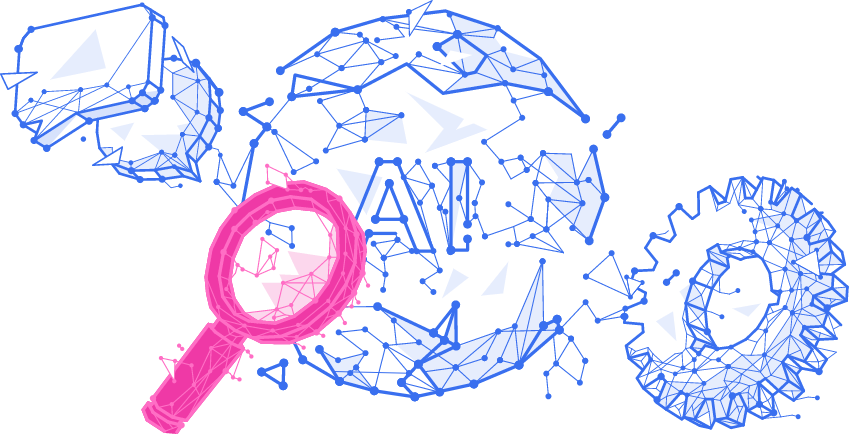

Recognition
We leverage Computer Vision technology including facial recognition, body measurement and object recognition to solve complex business problems. The ever-expanding list of problems being tackled include security, safety, healthcare and fraud prevention.


Facial Recognition
Facial recognition is a sophisticated object detection technology that can not only recognize a human face in an image but also pinpoint a specific individual. The most common application of facial recognition for security is to protect smartphones. Advanced or sophisticated forms of facial recognition include security systems in residential or commercial buildings that verify an individual's identity using unique physiological features.

Object Recognition
Object recognition is the process of identifying objects in an image or a video feed. The bounding boxes are being defined and the object gets labeled appropriately. Businesses employ this technology for traffic control, self-driving cars navigation, public security, manufacturing quality control, and many other areas.

Body Measurements
AI tools can take a person's body measurements and convert them into highly accurate size recommendations, providing extremely valuable sizing data to your value chains.

Gesture Detection
Gesture detection is a Human-Machine Interaction (HMI) technology that uses mathematical algorithms to interpret human gestures. This perceptual user interface (PUI) component allows computers to capture and make sense of human gestures as commands. Today, gesture detection is being employed for a variety of purposes, including interpreting sign language.

Hand-Written Text Recognition
In Hand-Written Text Recognition, the device converts the user's handwritten words or characters into a computer-readable format (e.g., Unicode text). Handwriting recognition aids in the conversion of handwritten text into a text document format, also known as a readable electronic format. By minimizing paperwork, it allows businesses to save a significant amount of time and money.

Synthetic Image and Data Generation
In the data-hungry world of deep learning, synthetic data sets—computer-generated specimens with the same statistical properties as the real thing—are becoming increasingly common. These fabrications can be used to train AIs in situations where real data is limited or too sensitive to use, such as medical records or personal financial information. Saving money is only the beginning. Synthetic data is critical in dealing with privacy concerns and minimizing bias by guaranteeing data diversity to accurately reflect the real world. Since synthetic datasets are automatically classified and can include rare but critical corner cases, they are sometimes superior to real-world data.

Intelligent Public Data Search
Artificial intelligence-powered intelligent search breaks down data silos, allowing employees and customers to find the information they need more easily and quickly. End-users can use intelligent search to obtain data from any destination (within or outside the organization) and any data set, irrespective of format: on paper, big data in databases, webpages, digital content, document management systems, and anywhere else. We leverage tools like ChatGPT to design efficient and cost-effective solutions.
Get in touch to learn how our AI powered solutions
can solve your business problem.
